
The good aspect of positive thinking is that it can be learned. We aren’t born negative thinkers even though 70% of the population thinks this way. We learn negativity as we grow up and are influenced by the media, television, our parents and teachers, and those we hang out with.
A few months ago, while waiting in a tiny reception room to get a massage (I had recently run the Akron marathon), I observed a morbidly obese young man – early 20s – commenting on the awful weather. He said something like this, “Lousy weather, more rain.” Without replying, I thought about that and reasoned that the warm rain (about 65 degrees) was exactly what Ohio needed after an exceptionally dry summer. Good for the farm crops, plants, grass, trees, and shrubs. Lousy weather from one perspective but a godsend from another.
True, it’s difficult to view everything in a positive vein. One of my pursuits is reading books about the Holocaust, the terrible persecution carried out by the Nazis in WWII. Most of the inmates in the death camps felt God had abandoned them. Indeed, they were beaten, experimented upon, ridiculed, abused, and murdered – all this on a regular basis. But some maintained a positive attitude, despite the horrors of the camps. One such person was Dr. Victor Frankl, a Jewish psychiatrist who spent time in the camps and witnessed the atrocities but had the uncanny ability to counsel depressed fellow inmates and convince them to stay alive. His book, Man’s Search for Meaning, reflects his way of dealing with misfortune and explains that, if man has a “why” for life, he can find the “how.”
Yale University researchers published their findings on a study of attitudes of 660 residents of a small town in Ohio in the Journal of Personality and Social Psychology. What they found proves that positive thinking extends life and negative thinking shortens life. They polled 338 men and 322 women 50 years old and older about their views on aging in 1975. They followed the group for 23 years and found that the group that thought positively about aging lived 7.6 years longer than those who thought negatively. Researchers also found that this positive attitude had a greater impact on longevity than traditional aging predictors such as blood pressure, cholesterol level, BMI, non-smoking, and exercise. The National Institute on Aging funded this study.
Now, the good news is that positive thinking is a habit just as the LifeNuts program embodies a lifestyle. Habits and lifestyles are acquired throughout life. Good ones help us to live long, happy, and productive lives. Bad ones lead to early death, unhappiness, and medical problems. So, the next time you hear someone complain about the weather, a sports team losing, or some other event, consider the options. Could it be worse? Is it really so bad? Looking at the glass of water as half full might extend your life … and give you a chance to see those delightful grandchildren grow up.

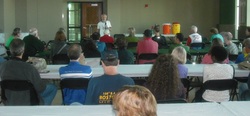
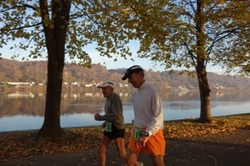
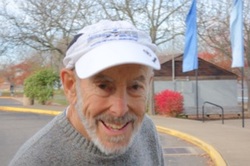
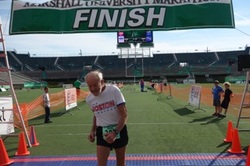
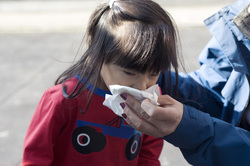
 RSS Feed
RSS Feed